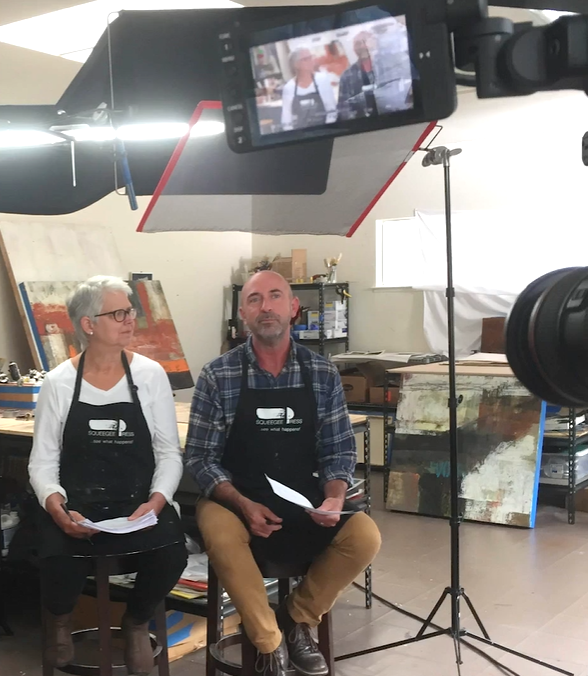— adobe y negro (v), Jerry McLaughlin. Cold wax, oil, and ash on panel, 18×18 in, 2018
#1 Start with a cradled wood panel or a commercially prepared panel.
Another option is some type of paper made for use with oils. When we use a cradled panel, we tape the wood sides with painter’s tape to keep them clean.




